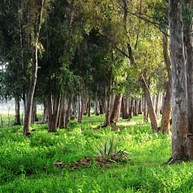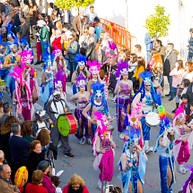Section in Bornos
Do & See
Bornos' extensive cultural heritage dates back to Prehistoric times, but most of the town's monuments are from the Renaissance period. The Guadalete River offers visitors an opportunity to try numerous water sports, while the surrounding mountains attract hikers from near and far. Try traditional cuisine in authentic local restaurants or visit during Carnival or Easter to experience the culture of Andalusia.
Read more















